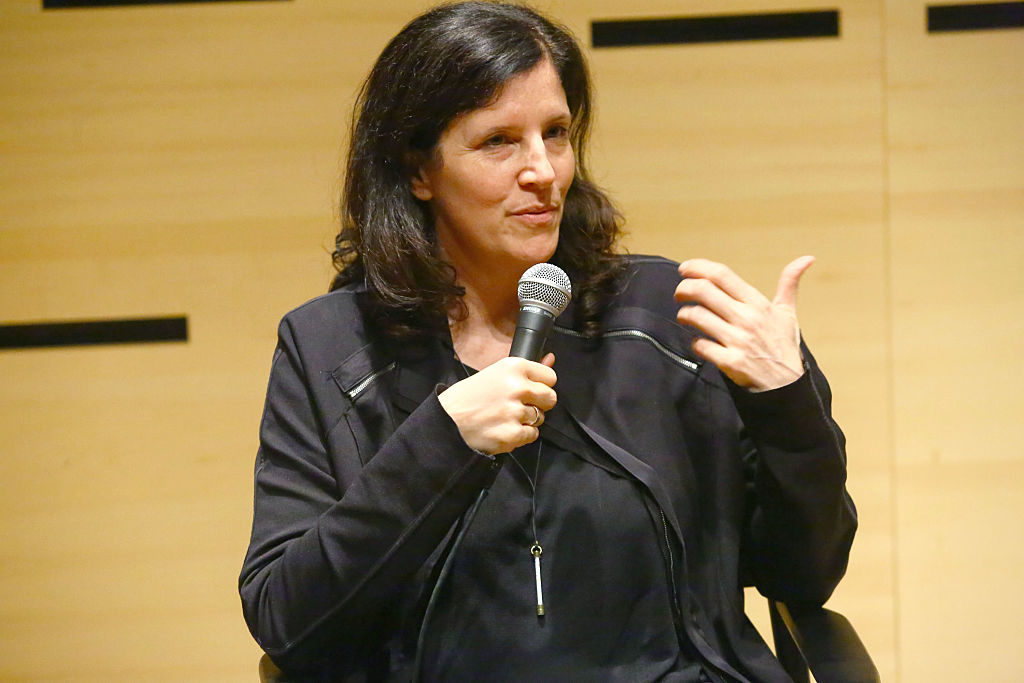People
Laura Poitras Has Finally Learned Why She Was Detained at Airports for Years
Her belongings were once confiscated for over a month, she says.

Her belongings were once confiscated for over a month, she says.

Brian Boucher

A mystery that has dogged American filmmaker Laura Poitras for 14 years has finally been solved thanks to a Freedom of Information Act lawsuit.
Between 2002 and 2016, the filmmaker endured dozens of delays and interrogations at American and international airports, reports the Associated Press. Those delays are now explained by more than 1,000 pages of documents released by the government late last year as a result of a lawsuit Poitras first filed in 2015. She recently shared the documents with the AP.
Poitras was filming a documentary in Baghdad on November 20, 2004, when a US National Guard unit was ambushed nearby. The attack resulted in one death and several injuries. Members of the unit reported seeing a white woman wielding a camera, the newly released documents reveal. If Poitras had information about the attack but did not report it, she would have been in violation of the law. Poitras denies she had any prior knowledge of the attack, and insists that she did not film it.
As a result of this episode, Poitras was told in Austria that her threat score was 400 out of 400. During one interrogation, she told the AP, an airport security officer threatened to handcuff her on suspicion that she might use her ballpoint pen as a weapon.
Poitras was in Baghdad to shoot the first of a trio of documentary films about the post-9/11 era. My Country, My Country (2006) documented the life of an Iraqi family during the insurgency and the run-up to the country’s first democratic elections. The Oath (2010) studied two men who were involved with Al Qaeda. The final installment, Citizenfour (2015), revealed her meetings with NSA leaker Edward Snowden and earned her an Oscar for Best Documentary.
Poitras gained art-world acclaim last year with her first solo exhibition, “Astro Noise,” at New York’s Whitney Museum of American Art.